Nearly every retail electric bicycle and ebike conversion kit is listed at a specific power level, such as a “500 watt electric bike” or a “250 watt ebike conversion kit”, yet often this power rating is misleading. You may ask: how big a motor do I need for an ebike?!
When it comes to choosing a motor for your e-bike, bigger isn’t always better. Traditional motors range from 250W-500W, but as the e-bike industry grows, so is motor power. High powered motors are available ranging from 1000W-6000W but the question is- could less actually be more? Are there advantages to this upgrade in power? And lastly, how much power do you actually need?
When choosing a motor, there are two important factors. How much you weigh, and the terrain you’ll be riding on. A 250w motor is sufficient for general commutes, while upgrading to a 350W or 500W is beneficial for those who will be doing a lot of uphill rides. To put it in perspective, 6000W motors are appropriate for motorbike racing, and are not designed to be contained to city roads.
Generally speaking, for the average person an efficiently designed e-bike provides more than enough power at 500w or less. In fact, increasing the watts on your e-bike comes with disadvantages. Before we dig into the downside of high-powered motors, it’s important to keep in mind that standard by-laws usually cap motor power at 500w. These regulations came into play based on engineering principles and safety.
Why your motor should be 500w or less:
- In Canadian provinces, most e-bikes are limited to 500W output and cannot travel faster than 32 km/h (20 mph) on motor power alone. However, limiting the wattage of ebike motors doesn’t necessarily limit how powerful they can be. Even though a motor is marked as 250 watts anyone could connect it to a 48V battery and run 20 amps through the motor to achieve 1,000 watts of power.
- Using a bigger motor means using a bigger battery to travel the same distance. With the battery being the most cost heavy part of an e-bike, this translates into additional savings.
- Overheating issues can arise when the motor exceeds 1000W. This is seen mostly on long uphill rides, which is one of the reasons people opt for higher watt motors.
- Motors under 500w have been extensively tested and mass produced. These motors have not only proven to be efficacious but due to the research, they are extremely reliable.
- The excess power provided by motors exceeding 1000W has negative consequences in the event of a crash. Severity and risk of injury increases linearly with motor power and speed.
- 750W, 1000W, 3000W and 6000W motor are too heavy for the average street bike, and can cause downstream problems yielding in unnecessary repairs.
Conclusion
Motor power over 750W provides too much power for a street bike and probably should be considered an electrical scooter or some other type of motorized vehicle.
When it comes to choosing the right motor, it ultimately depends on the intentions of the rider. Lower watt motors are low cost, they comply with street legal standards, they are efficient, and don’t come with the downfalls and risk of higher-powered motors. Our consensus: bigger isn’t always better.


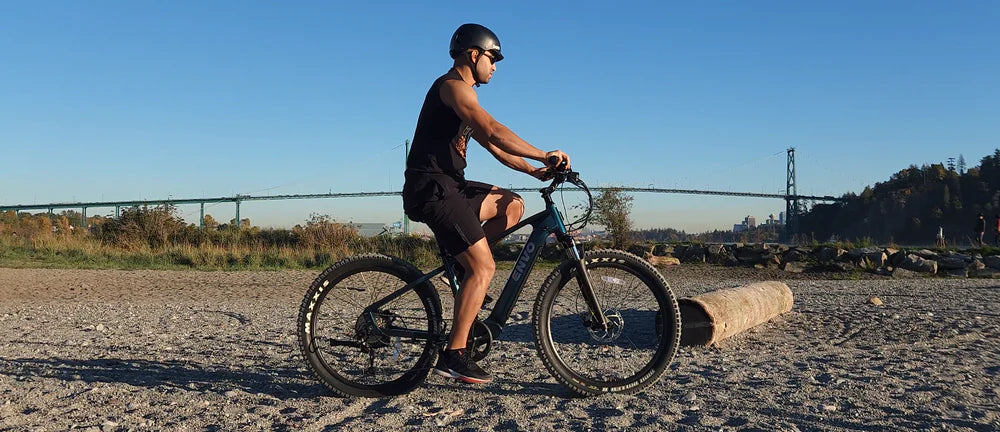
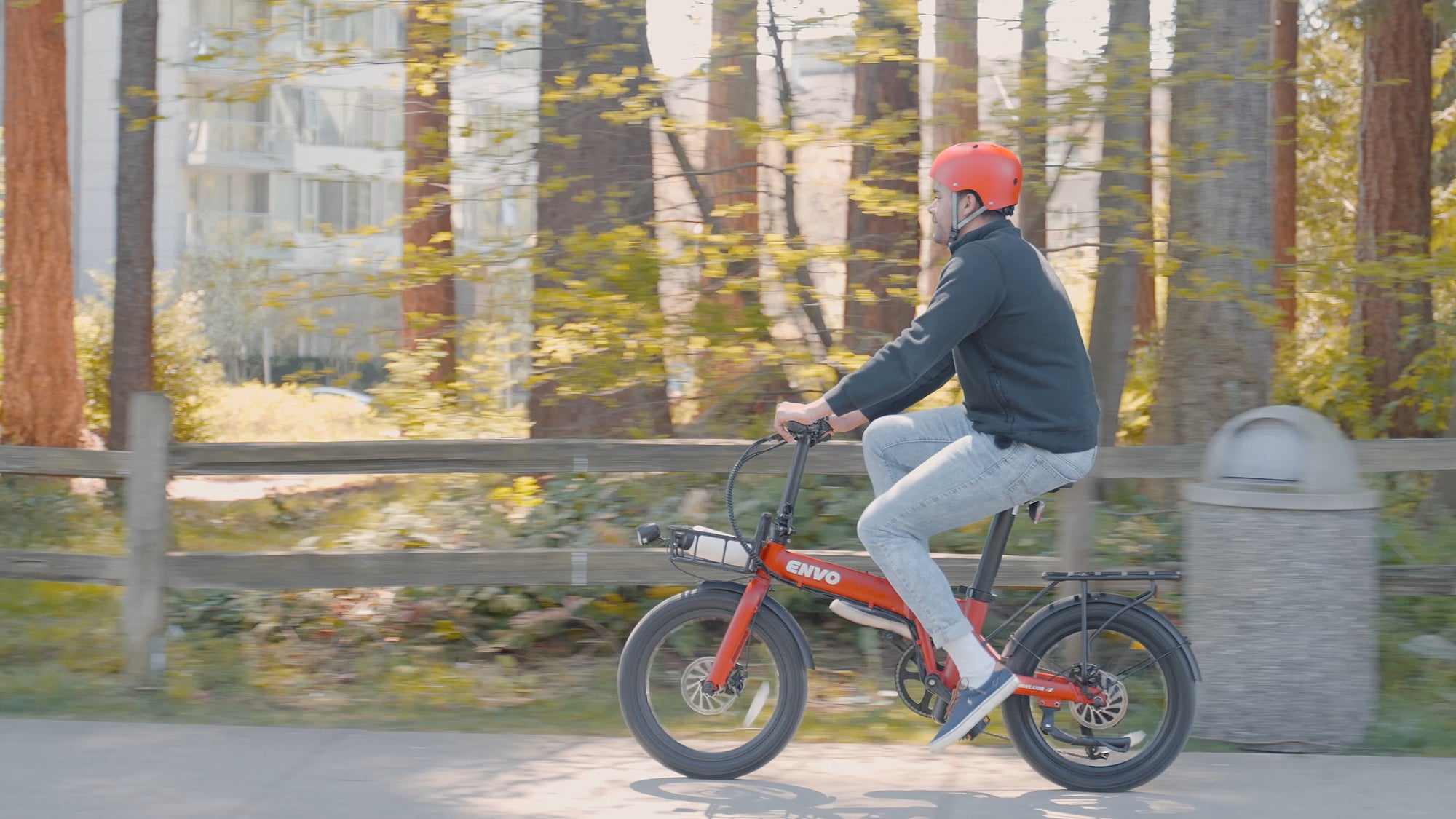
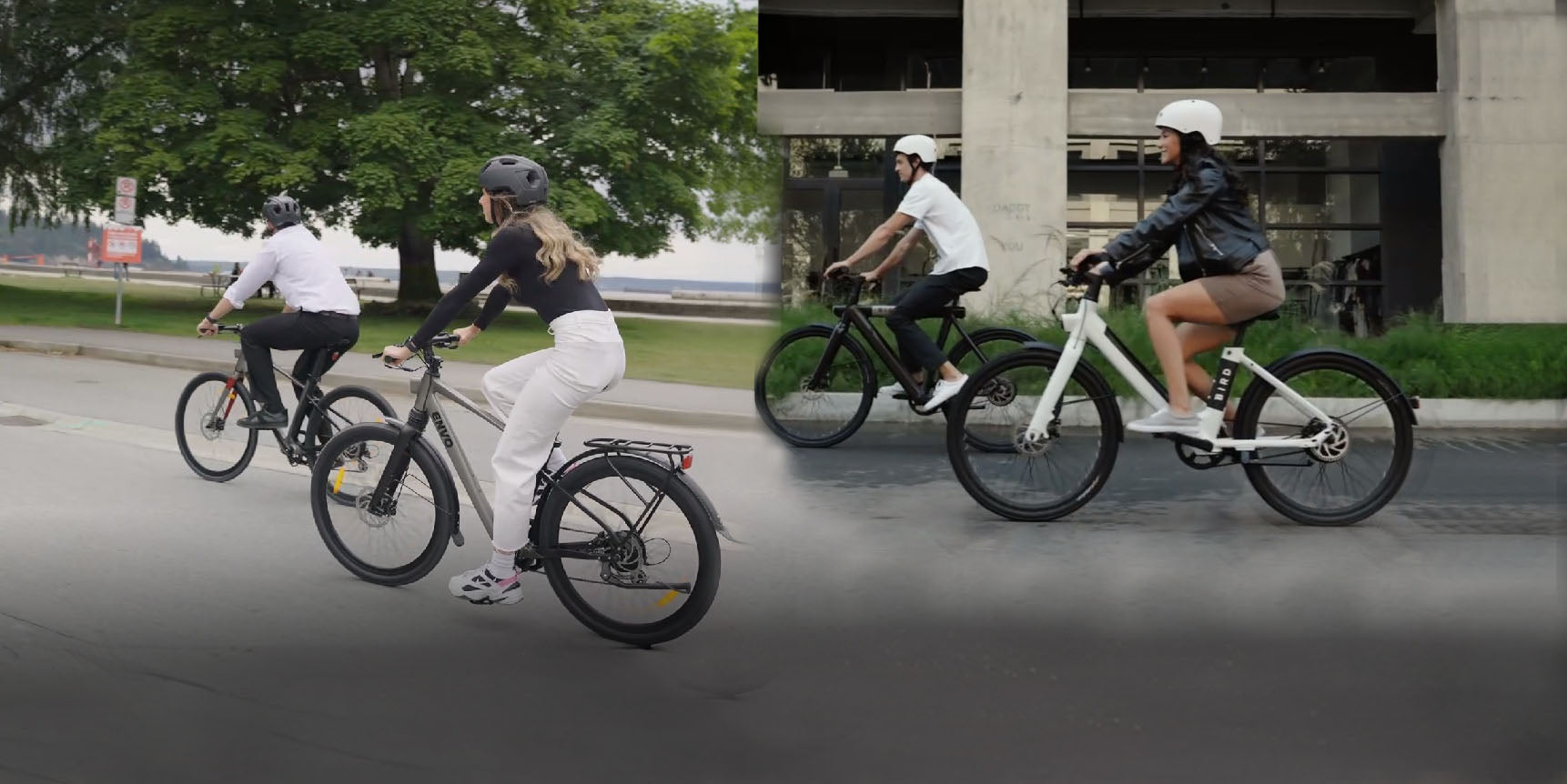
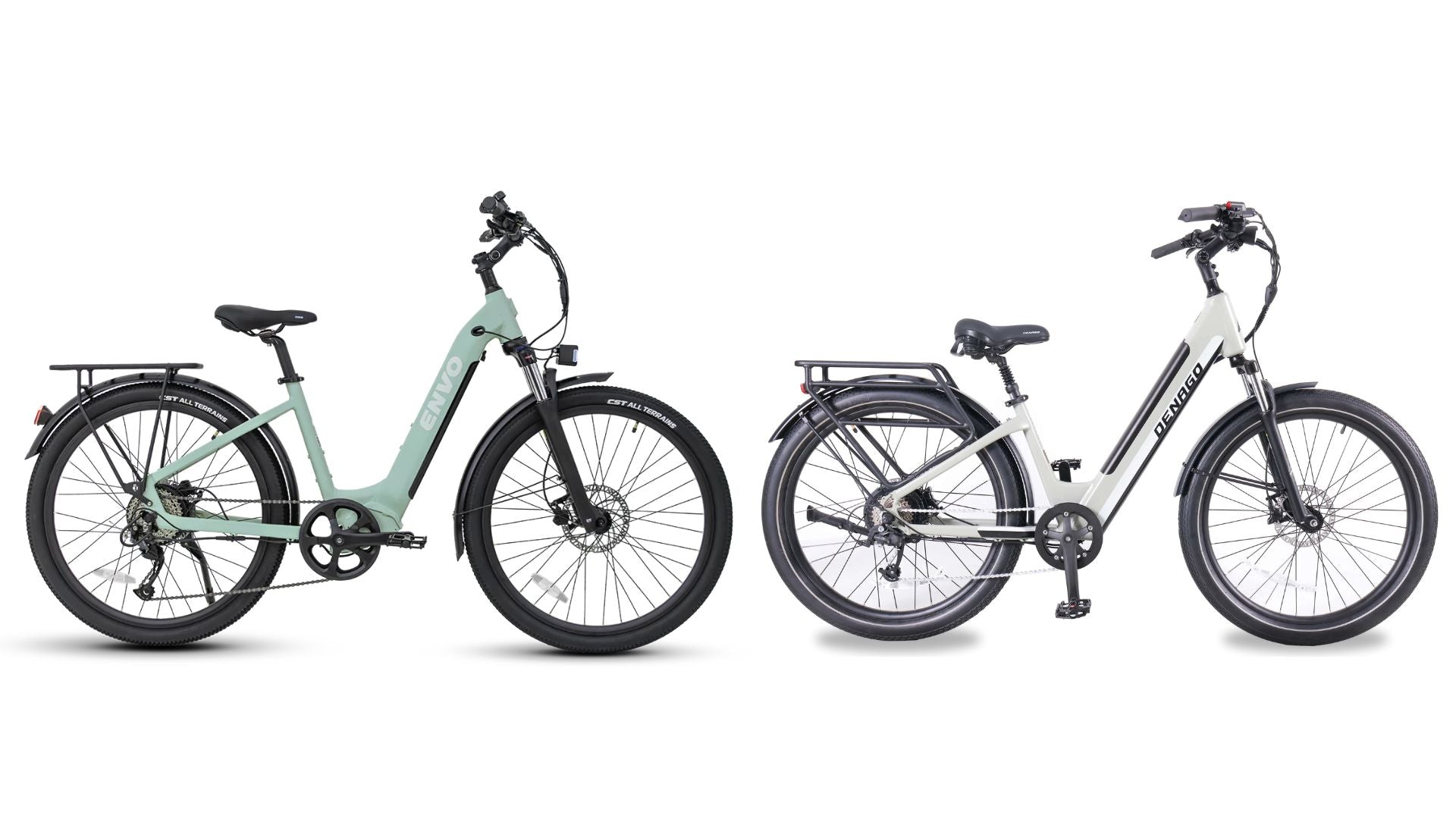
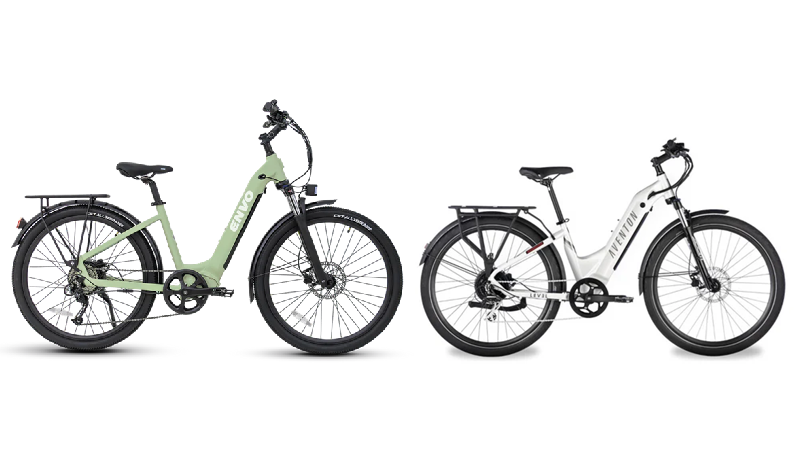


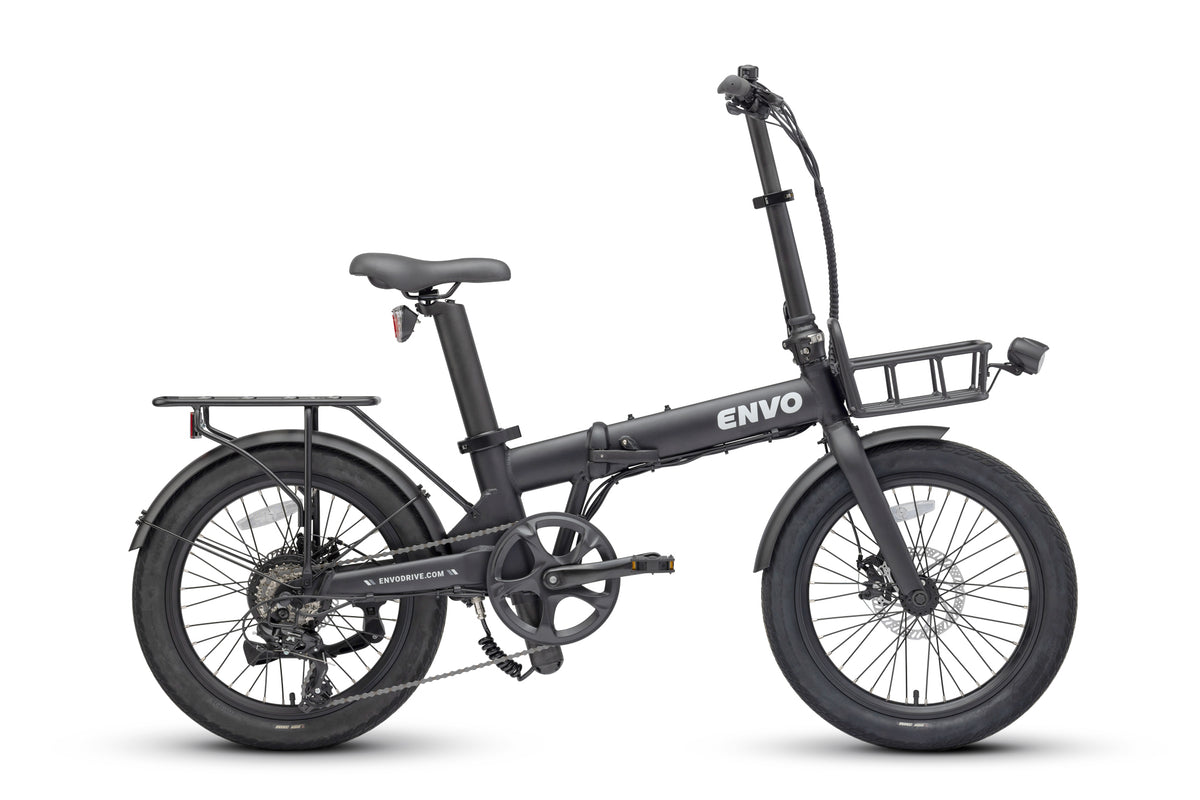
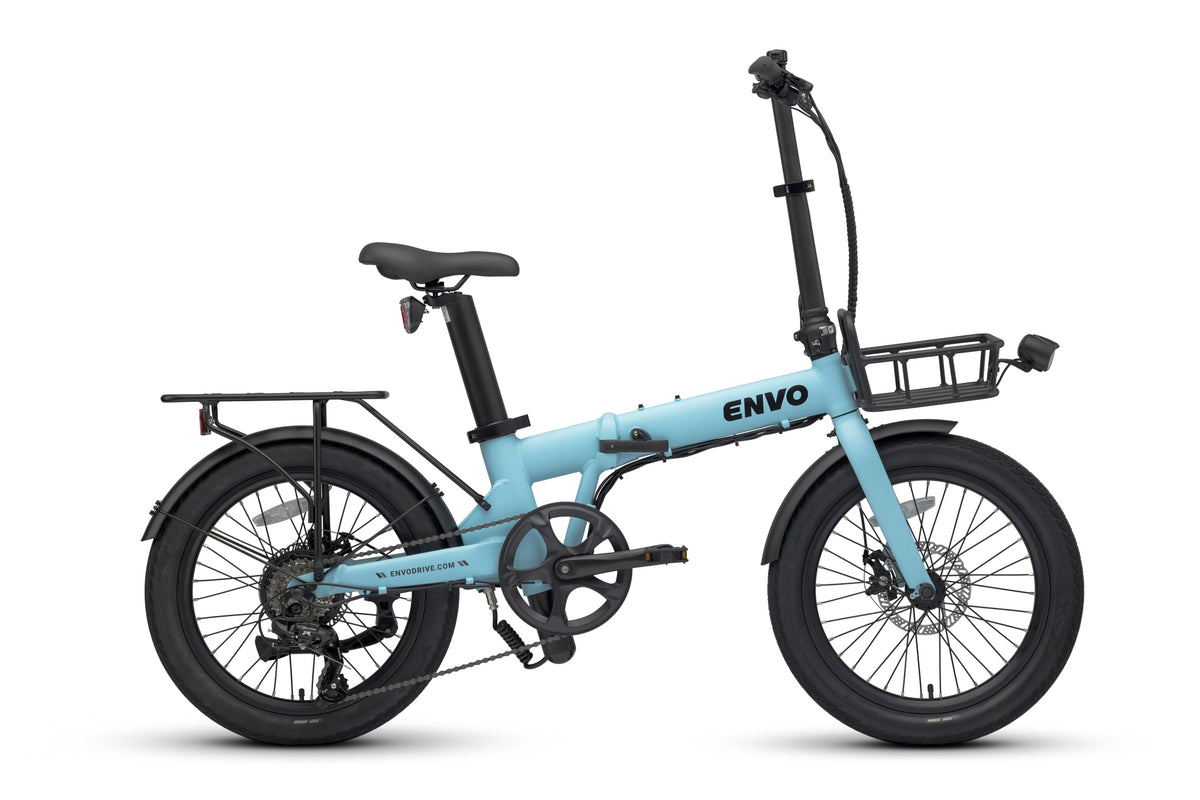
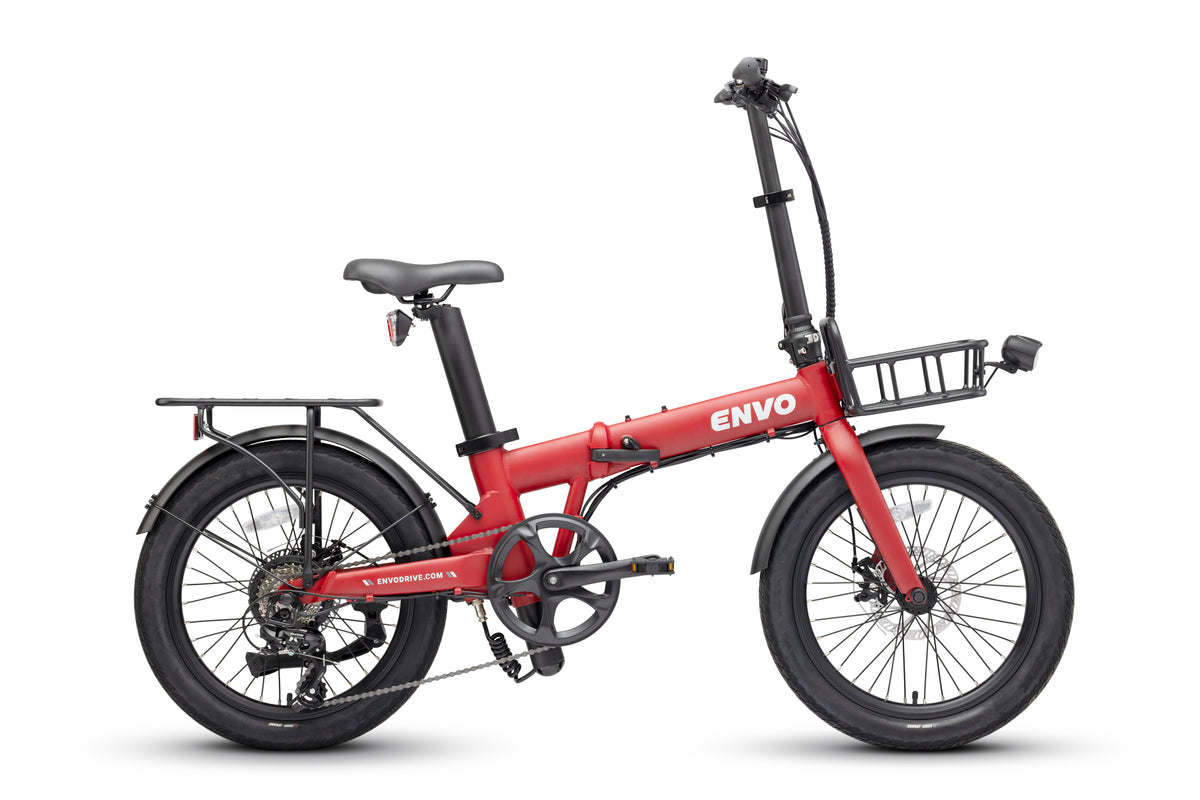
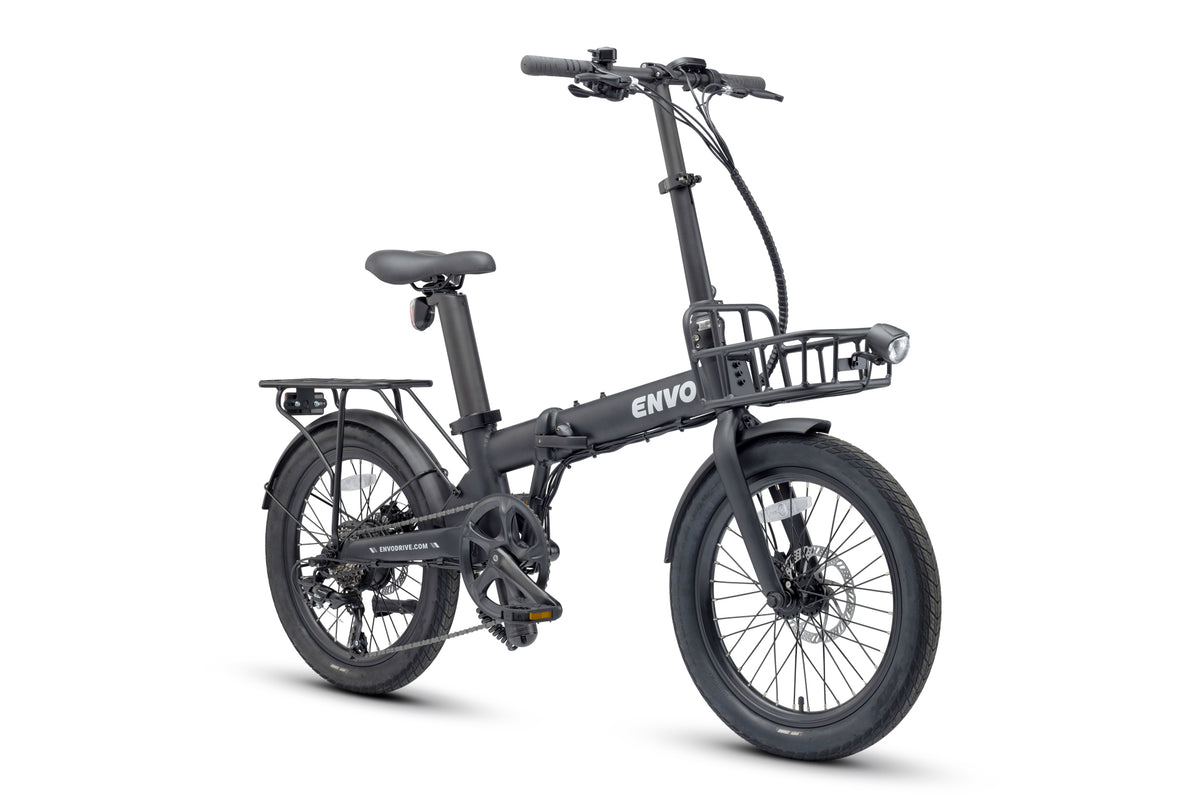

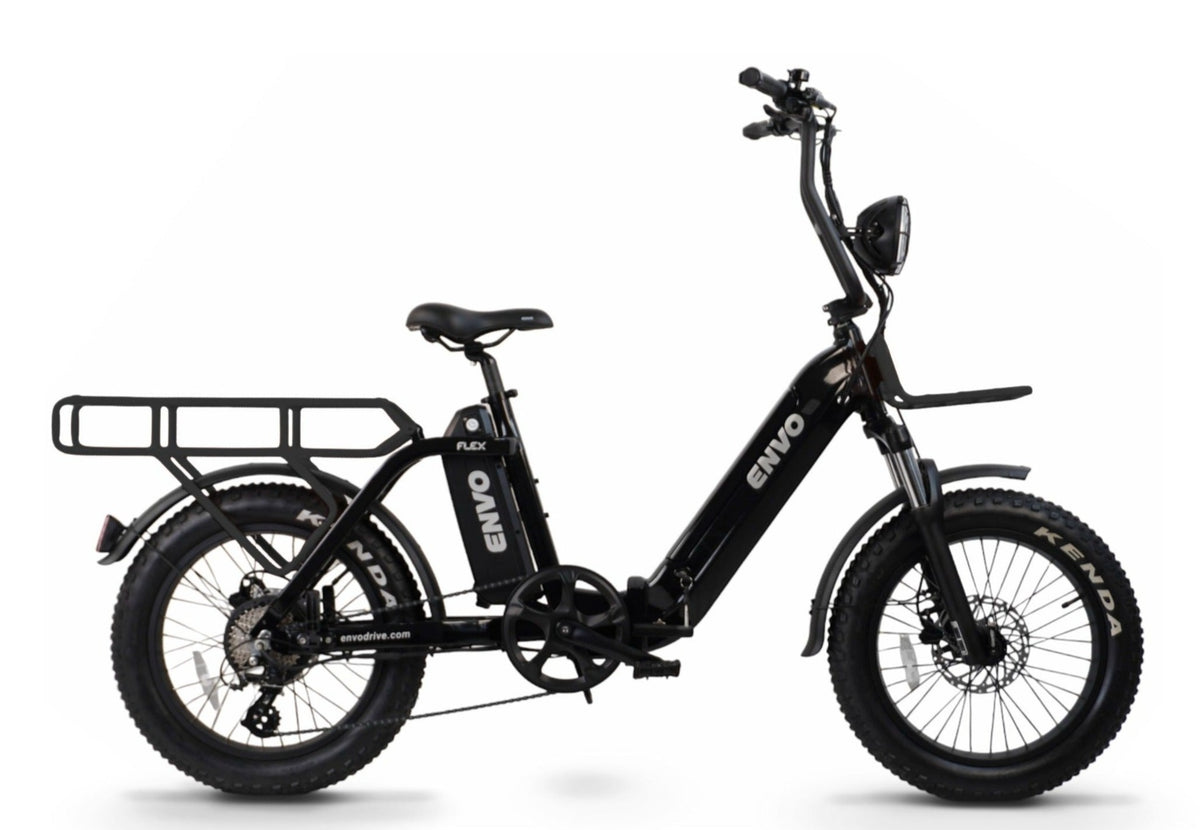

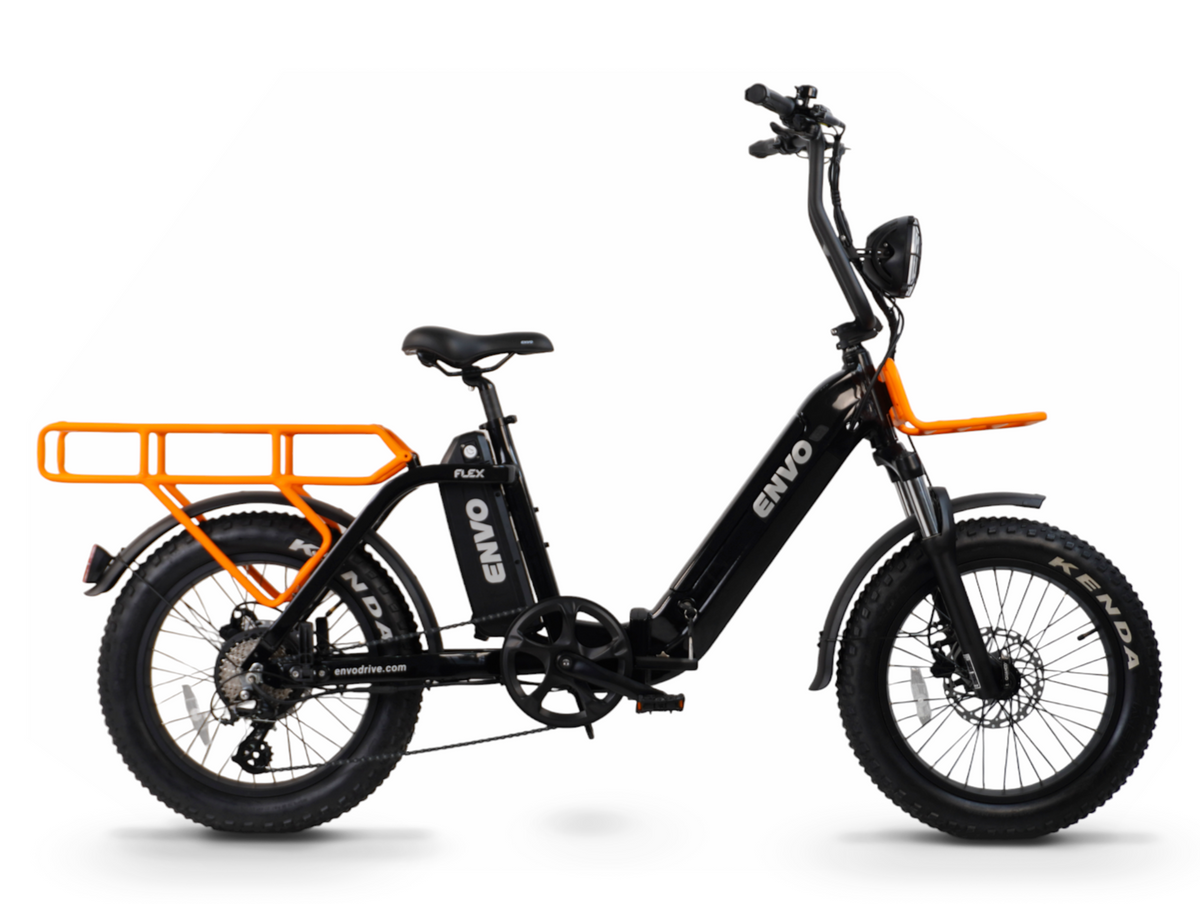
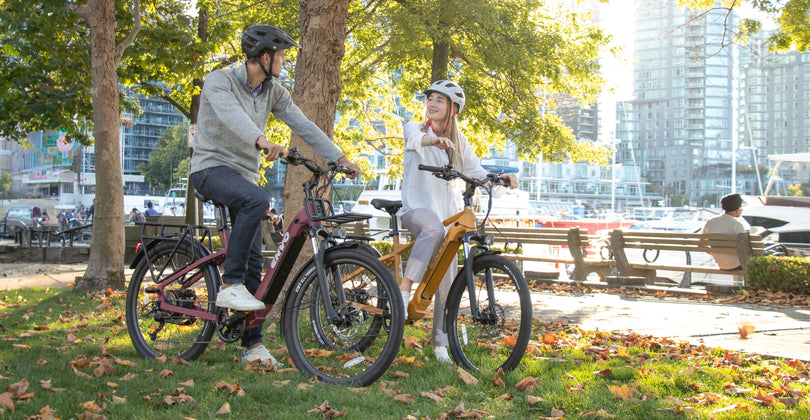
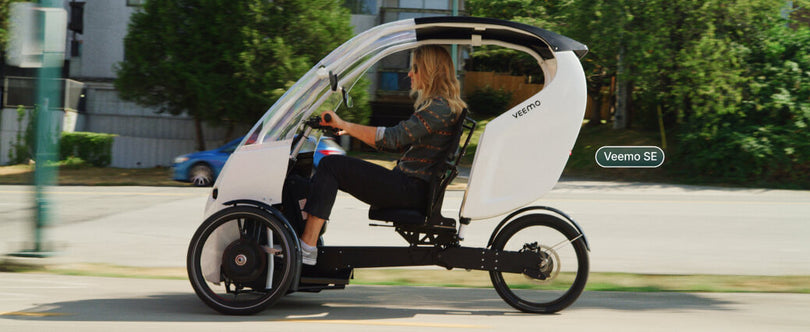

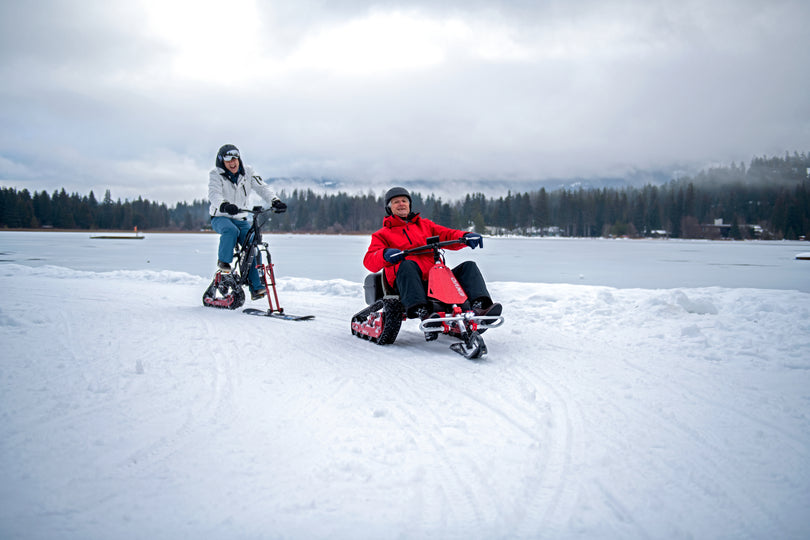
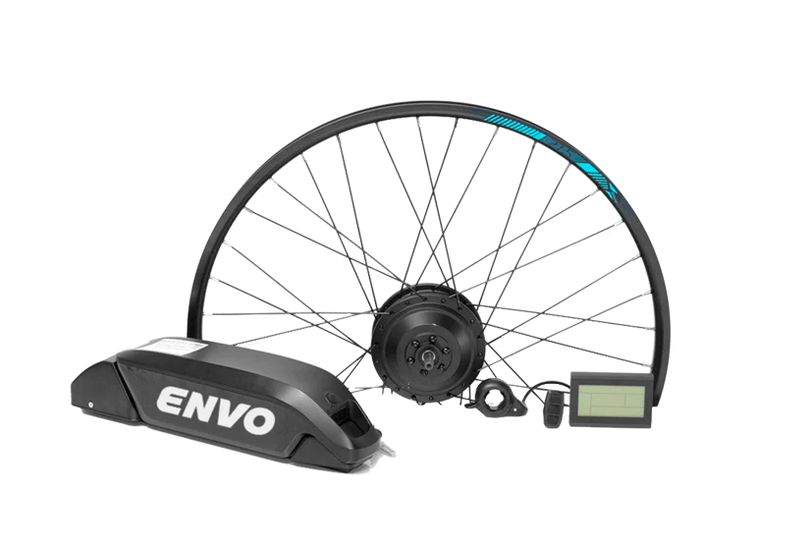
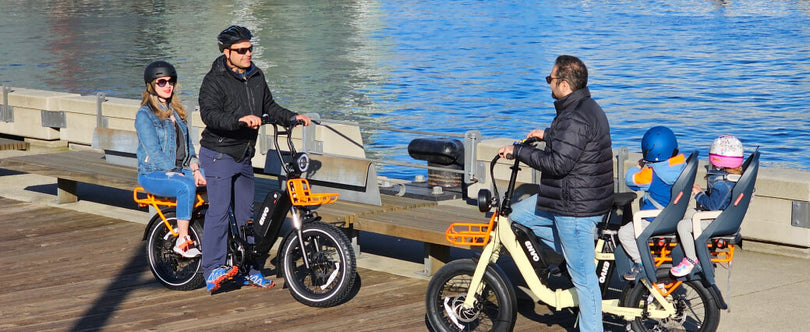

I 100% Agree with Ryan Merrill in everything he said but I would like to add to it, if I wanted a commuter or city bike and lived where there was mostly flat streets and not in San Francisco then a 350w or 500w ebike would be much more efficient then a 750w or 1000w ebike, I know that the government regulations in Canada* are set for 500w and that is just wrong, the facts are that a 750w fat tire 26" wheel with a 4" width (which a lot of seniors or people with disabilities prefer) in rural areas with steeper hills will outperform a 500w, at least the senior or disabled person has a chance of making it without walking their bike up a hill, also that motor is going to work harder in a lower wattage and therefore burn faster, I know the law states 500w but that has to be changed, some fat tire ebikes have upward of 80Nm of torque and that is great but it’s not so great if your pushing that 500w motor up an incline and it starts smoking or gives out. My motto is if I’m wearing a helmet and riding respectfully then who is going to stop me with tech equipment and check to see iff I have a 350w bike or a 1000w bike, Canada needs to change the regulations, if I’m going 20 on a 350w or a 750w then what are they worried about~
What would be the best size for a payload of 300-350lbs.
Hi, I am 65 yrs old, I want to convert my old Mongoose -TYAX MTB with 26" tire, 8-speed to Ebike for commuting purposes. Should I go for a 500W motor, 48 V with a 24 Amph battery? is it street-legal in NZ? An average speed of 36 km/h is enough. Any other alternative suggestions?
Hi, I am 65 yrs old, I want to convert my old Mongoose -TYAX MTB with 26" tire, 8-speed to Ebike for commuting purposes. Should I go for a 500W motor, 48 V with a 24 Amph battery? is it street-legal in NZ? An average speed of 36 km/h is enough. Any other alternative suggestions?
I wanna build one for going to work and its a 10 min ride with car and I want little bit of speed as well
So if I choose the 750 as the middle ground its enough right?
750W potentially gets you to 50km/h of speed, however motor winding / battery voltage configuration should be such that be capable of this speed.
“Using a bigger motor means using a bigger battery to travel the same distance.”
– Correct me if I’m wrong, but this doesn’t seem true. If you were to travel the same distance at the same speed with a 500 and a 1000 watt motor the battery usage would be the same.
What a bunch of BS. First of all, they shouldnt be limiting wattage, they should limit speed. Big Watters bikes have less heat issues, not more. They produce more torque for hills. Big wattage motors are less reliable? Again false. I have 3+ Yeats and 4000kms of riding and still going on my QS 205 v3. I much prefer having big hub and not pushing it that having a small 500w motor and running at its max or past max current in order to climb a steep hill. Big motors require less repairs if your using a hub motor. Last. 6000W is no where near enough for a race bike. Race electric are in the 300KW range.
Everything is about how you program the controller. I have a 32ah battery and can get 65kms ridi g at legal speed with my 24KW setup.
It’s like you wrote the article without experiencing riding on a big motor setup
No need to argue with a bad language. We are not creating rules, we are not creating basic engineering facts either.
Can a 1000 watt 30 amp hour battery 48 volt be used on a rear 500 watt evike conversion kit .2025 mph is all I’m looking for simply because I usually put a tow trailer behind my bicycle and I need a little power because I’m an elder man at nearly 67 years old this year and of my license have been taken for various reasons other than drugs and alcohol
Please send us more details at tech@envodrive.com so we can help you find the right solution for your ebike.
Your statement can be true if the 1000W motor runs at the same efficiency as the smaller motor. Normally each motor size has an optimal efficiency working condition based on the rated power. Motors tend to be less efficient when they are too big or too small for the out put power.
Right, they tend to be less efficient. But not half as efficient. You are just handwaving away how asinine your statement is “Using a bigger motor means using a bigger battery to travel the same distance.”
It MIGHT be a few percentage points less at most.
I really hate when supposed experts are caught in a lie, and they dig the hole deeper.
Did some one here claimed “Half as efficient” here? What lie?
for a better understanding see the efficiency chart at this link:
https://i.stack.imgur.com/QuZng.gif
if you get 500W out of a 1000W rated motor, you probably are running it at a considerably lower efficiency, which means lower range for the same battery.
I really LOVE when readers have a passion to challenge and add to their knowledge.
I rode a 500 watt rated ebike
and a 1000 watt ebike
The 1000 watt ebike outperforms the 500 watt
with flying colors.
When you consider motor sizes, charging rate,
distance, peddling, and weight…..whatever……
That’s when all the fun becomes a headache
and you find yourself debating which of what to use.
You are absolutely right. More power, more fun… but…
Using a ebike to and from work i find efficiency to important. The motor rarely runs at 100 % but effiency is often better with high voltage. So you will probably get more out of the same motor running at higher voltage – Take a 250 W 24 V engine – use 48 V battery – and it will be a 500 W motor (lcheck if the engine spec allows for the increased Voltage) When you run the motor cruising – it will be more efficient at 48 V….. When i cruise i am running the motor at between 140 and 200 W.
Same motor, higher Voltage will make it increase the maximum rotational speed. It wouldn’t add to the torque.
I want to be able to ride forty miles without recharge. I weigh 200lbs. Would a 750w motor do this. Relatively flat, rail trails
My battery size is 16AH which is the factor that determines distance. The 20AH battery would have been better for me to get longer than 35M/charge and the wattage of the motor determines the load and over heat ratio of said motor. Load isn’t just weight, but gradient of the trail. I wish I had known, I’m stuck pushing with a turn meniscus until I can find a good replacement for the motor.
I weigh 270 lbs. Riding in flat areas with very few hills. Would a 500 size motor be ok?